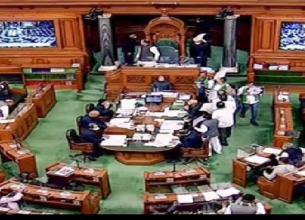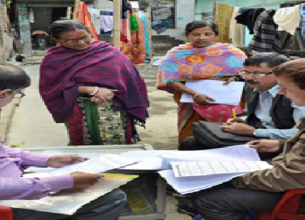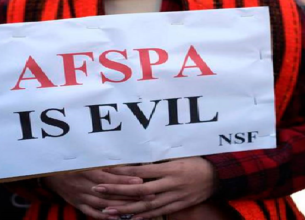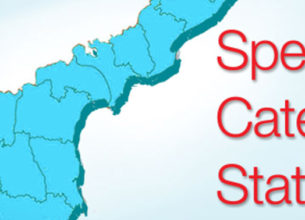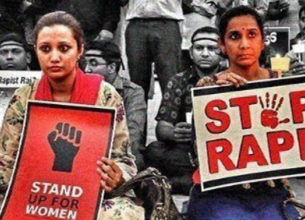SC Dismisses Maharashtra plea for SECC-2011 raw data
28, Dec 2021
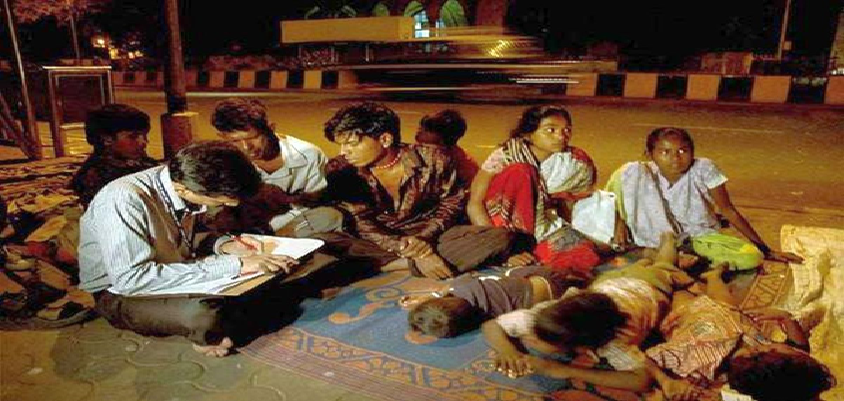
Prelims level : Policies
Mains level : GS-II Functions and responsibilities of the Union and the States, issues and Challenges Pertaining to the federal structure, devolution of powers and finances up to local levels and challenges therein.
Why in News?
- The Supreme Court has recently said the law negated a caste census and “the Constitution believes in population and not in caste or religion” even as the Centre insisted that data collated during a Socio-Economic Caste Census (SECC) in 2011 was “fraught with mistakes and unusable” for any purpose whatsoever.
What is the Issue?
- The court’s oral observations came moments before it dismissed a writ petition filed by Maharashtra to direct the Centre to part with the raw data collected in the SECC-2011.
- The State stated it wanted to use the data for implementing reservation to the Other Backward Classes (OBC) in its local body polls.
- The Centre, clarified to the court that the SECC was not a “census” undertaken under the Census Act of 1948 by the office of the Registrar General of India. It was an “executive act”, independent of the census exercise, and done on the orders of the Ministry of Social Justice and Empowerment.
- The SECC was organised not as an OBC survey but to get the caste status of all in the country in order to improve the delivery of targeted benefits.
- An affidavit filed by the Social Justice Ministry in the Supreme Court in September maintained that a caste census of the Backward Classes was “administratively difficult and cumbersome”.
- Maharashtra said the State had a right to know about the data collected in the SECC, regardless of whether the census was done on the basis of an executive fiat or under the Census Act.
What were the court’s observations?
- The court observed that it cannot issue a mandamus to produce the raw data if the SECC was inaccurate and had no “force of law”.
- The affidavit emphatically states that the data which is collated is not accurate and is unusable for any purpose whatsoever.
- If that is the stand taken by the Centre, we fail to understand as to how mandamus can be issued to the respondents to permit State of Maharashtra to use the data for any purpose. Such a direction, if issued, would lead to more confusion and uncertainty which cannot be countenanced.
- While rejecting Maharashtra’s plea, the court clarified that the State could pursue other remedies permissible in law.
- It noted that merely because Maharashtra was obliged to comply with the “triple test” requirement before enforcing the reservation for OBCs in the local bodies did not mean that the Centre could be ordered to share information which it itself had classified unusable.
- Maharashtra could not be allowed to employ wrong data in the SECC for reservation in its local body elections.
What is a Census?
- The origin of the Census in India goes back to the colonial exercise of 1881.
- Census has evolved and been used by the government, policymakers, academics, and others to capture the Indian population, access resources, map social change, delimitation exercise, etc.
- However, as early as the 1940s, W.W.M. Yeatts, Census Commissioner for India for the 1941 Census, had pointed out that “the census is a large, immensely powerful, but blunt Instrument unsuited for Specialized Inquiry.”
What is SECC 2011?
- The Socio-Economic Caste Census of 2011 was a major exercise to obtain data about the socio-economic status of various communities.
- It had two components: a survey of the rural and urban households and ranking of these households based on pre-set parameters, and a caste census.
- However, only the details of the economic conditions of the people in rural and urban households were released. The caste data has not been released till now.
- SECC 2011 was conducted by three separate authorities but under the overall coordination of Department of Rural Development in the Government of India.
- Census in Rural Area has been conducted by the Department of Rural Development (DoRD).
- Census in Urban areas is under the administrative jurisdiction of the Ministry of Housing and Urban Poverty Alleviation (MoHUPA).
- Caste Census is under the administrative control of Ministry of Home Affairs: Registrar General of India (RGI) and Census Commissioner of India.
Difference between Census & SECC:
- The Census provides a portrait of the Indian population, while the SECC is a tool to identify beneficiaries of state support.
- Since the Census falls under the Census Act of 1948, all data are considered confidential, whereas all the personal information given in the SECC is open for use by Government Departments to grant and/or restrict benefits to households.
How have caste details been collected so far?
- While SC/ST details are collected as part of the census, details of other castes are not collected by the enumerators. The main method is by self-declaration to the enumerator.
- So far, backward classes commissions in various States have been conducting their own counts to ascertain the population of backward castes.
What kind of caste data is published in the Census?
- Every Census in independent India from 1951 to 2011 has published data on Scheduled Castes and Scheduled Tribes, but not on other castes. Before that, every Census until 1931 had data on caste.
Pros of Caste Census:
- The Precise Number of the population of each caste would help tailor the reservation policy to ensure Equitable Representation of all of them.
Concerns Associated:
- There is a possibility that it will lead to heartburn among some sections and spawn demands for larger or separate quotas.
- It has been alleged that the mere act of labelling persons as belonging to a caste tends to Perpetuate the System.




